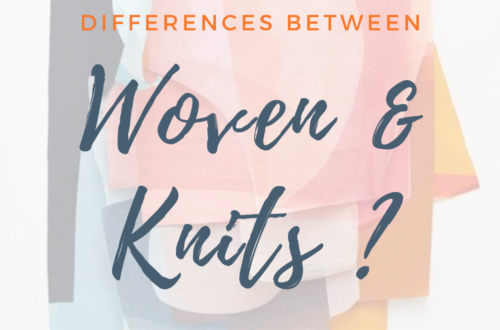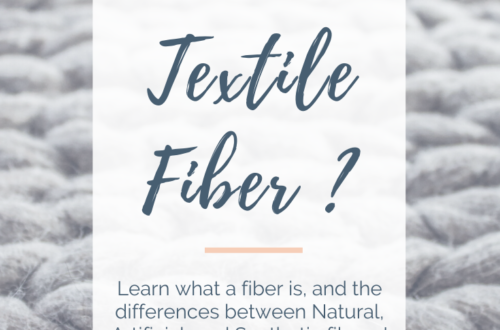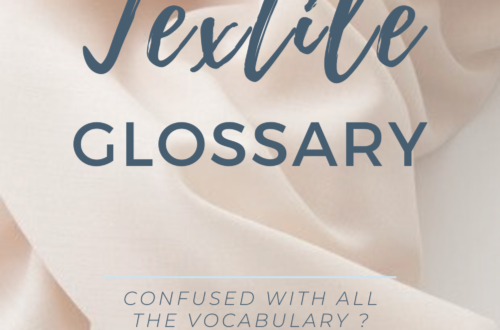
What is the Fabric Hand ?
If you want to talk about fabric, there are A LOT of different ways to qualify them. You can talk about their composition, their structure and many other aspects, but today we are focusing on the physical properties of the fabric : the Fabric Hand.
So what is the fabric hand exactly ?
The Fabric Hand is the way the fabric feels when you touch it.
It also refers to the way a fabric responds when handled.
Knowing about the fabric hand helps you understand better how the fabric will behave when you will use it, so you can choose the best one for your creations. You know that there are an infinite number of fabrics, so when you know what type of hand you’re looking for, you can already eliminate a lot of options.
Related : The Different Types of Fabric
A lot of aspects determine what the fabric hand will be, like the structure, the composition, the yarn count, the thickness, the stretch, the drape, etc. But today we’ll start to learn how to talk about the fabric hand, and exactly what words you can use, to speak with other professionals and describe the textile you need perfectly. I’ll be sharing specifically about the drape and the texture of a fabric, since these are visual properties. I’ll also give you a few examples of the most common fabrics that have the property I’m talking about !
So let’s get started !
The Fabric Drape :
A fabric can have different ways to drape. When you think about a dress’ silk chiffon and its fluidity, and then about a thick wool used for a coat, you very well understand how the drape plays a role in the fabric hand. The hand feel will change if the drape changes. Let’s review a few terms to help you talk about the fabric drape :
Compact :

That fabric is dense and structured, covering, tightly woven. It is perfect for structured volumes and shapes, like architectural clothes, outerwear pieces, and anything that needs to be quite rigid. Woolen fabrics are very often compact.
Springy :

A springy fabric is reactive, bouncy, lively, it moves a lot. The clothes made with a springy fabric should be giving some freedom of movement, feel comfortable and structured at the same time.
Weighty :
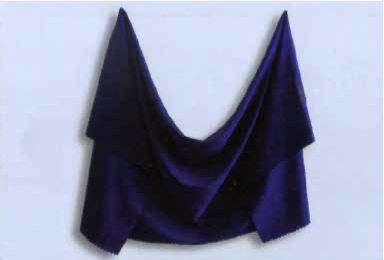
That fabric is heavy but supple. It is ideal for draped garments, and enhance the pleats created when draping. Often, rayon/viscose jersey are weighty.
Fluid :
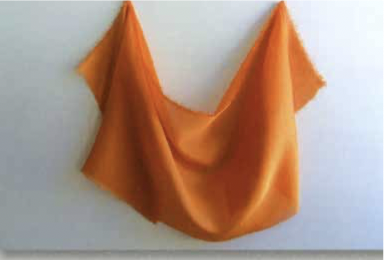
Fluid fabrics are supple and light. They also drape very well, the drape is making smaller pleats. It is way lighter than weighty fabrics. Crepe, Chiffons and thin silk fabric are often fluid. Fluid fabrics are used a lot for weddings dresses and dressmaking.
Stiff :
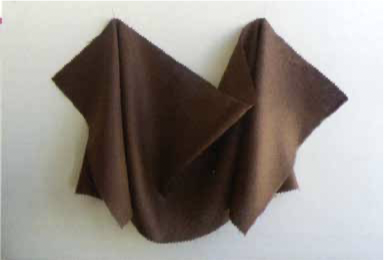
This fabric is rigid, breaking, structured. The drape is quite similar to compact fabrics, but they usually are thinner and make sharper edges. Polyesters, cottons and natural fibers like linen and hemp usually are stiff.
Crisp :
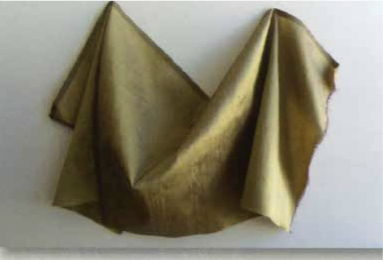
A crisp fabric is stiff, but even more breaking, making sharp angles, and it is light. Taffetas is the best example of a crisp fabric. Historic dresses had a lot of crisp cotton fabrics.
Mellow :
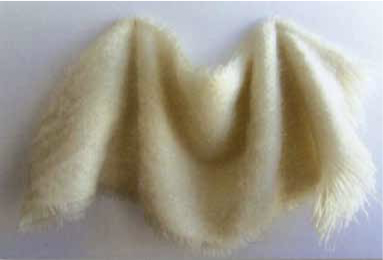
A mellow fabric is voluminous, supple, cozy, enveloping, in a word comfy ! Knitted wool jumpers are the best example of this type of fabric. The drape is very round, completely opposed to the sharp angles made by crisp fabrics. Mellow fabrics are thick but not so dense.
Airy :
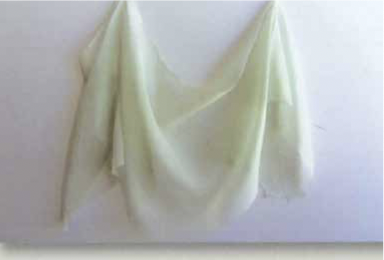
This fabric is transparent, light, supple. Just like fluid fabrics, they are used for weddings and dressmaking. They work great with multi-layers, to create floaty and flying effects.
To correctly decide what word best describe your fabric, play with it ! Put it between your hands, pleat it, crush it, and see what happens ! Are the pleats sharp or round ? Small or large ?
Try to put words into what you see, helping yourself with the words above ! It does take a little bit of practice, but I’m sure once you try to describe a few fabrics you have already at home, you’ll be an expert !
The Fabric Texture :
The texture changes the fabric hand, because when you touch it, you will feel different things. There are 3 main ways you can talk about the fabric texture, let’s review them !
From Soft to Rugged :
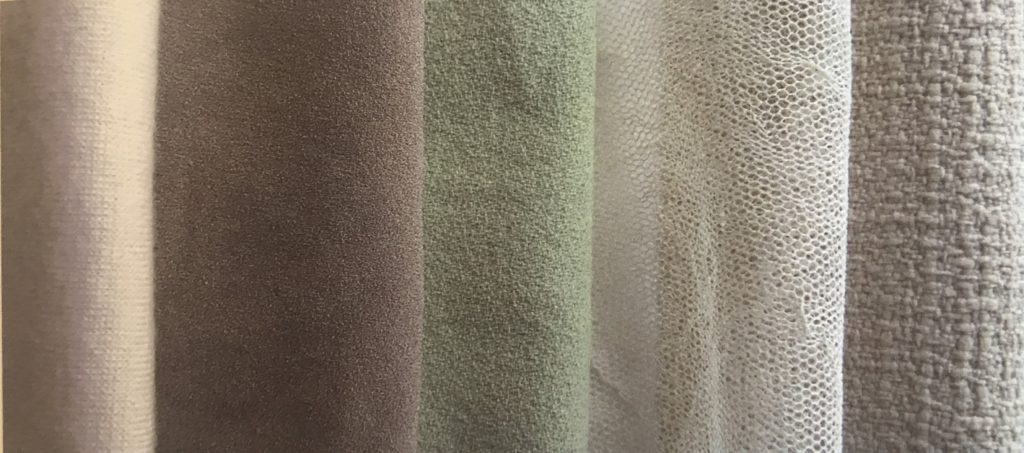
Soft, caressing, soapy, powdery, creamy ..
≠ Rugged, sharp, uncomfortable, rough, ruberry …
Soft fabrics can be a nice jersey cotton, a satin silk, and a rugged fabric can be a thick hemp or linen textile.
From Flat to Textured :
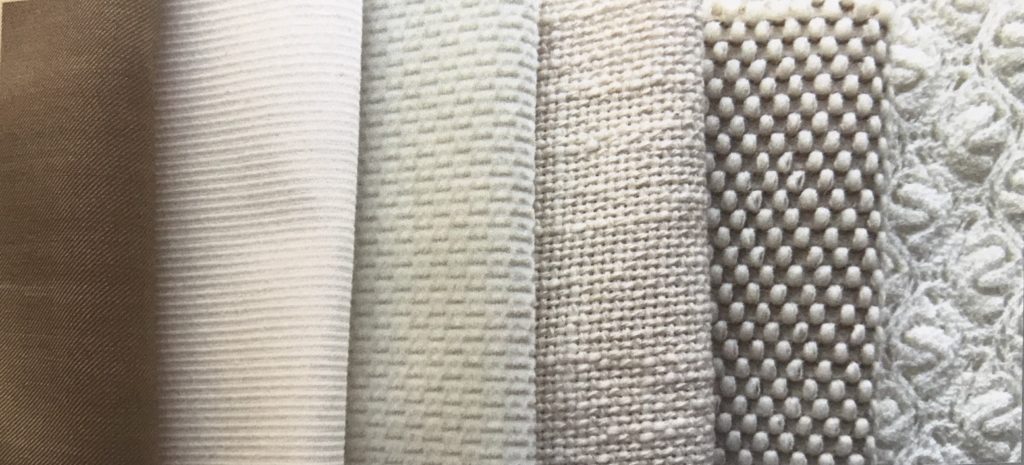
Flat, smooth, …
≠ Textured, bumpy, cloqué, waffeld, grainy, ribbed…
Linings usually are super Flat fabrics, and fantasy fabrics can have a lot of texture, like tweed with its different yarns for instance.
From Dry to Puffy :

Dry, clean…
≠ Puffy, hairy, downy…
A dry fabric literally makes you feel like your hand is dry after touching it ; try playing with etamine (a light woolen fabric for men’s suits) ! A super puffy fabric can be a knitted cashmere wool, or any fur.
Alright ! Now you’re armed with a lot of words to talk about fabric hand like a pro !
Try practicing on your own samples to really integrate those words into your vocabulary. It will make you look like a pro, and you’ll know more easily what type of fabric hand you need for your next project !
Does this all feels A LITTLEEE BIT confusing ?
I know, there is a lot to learn about fabric theory, and it can be overwhelming. But don’t worry, I have the perfect cheat sheet for you ! It recaps all the different fabric types in a super simple chart. Download it now !

Pin this for later !

All images are from the book “Textile Guide” by Florence Ferrari, Esmod Editions, 2013

Floriane Schmitt is a textile designer, sharing her knowledge about textiles + creativity. She graduated with honors at a Parisian fashion school in Fashion Design & Fashion Business, and started her career with Flo Home Delight, her creative textile studio. Discover her collections on www.flohomedelight.com. She is also teaching creative souls how to become better designers, using textile as a main medium.



